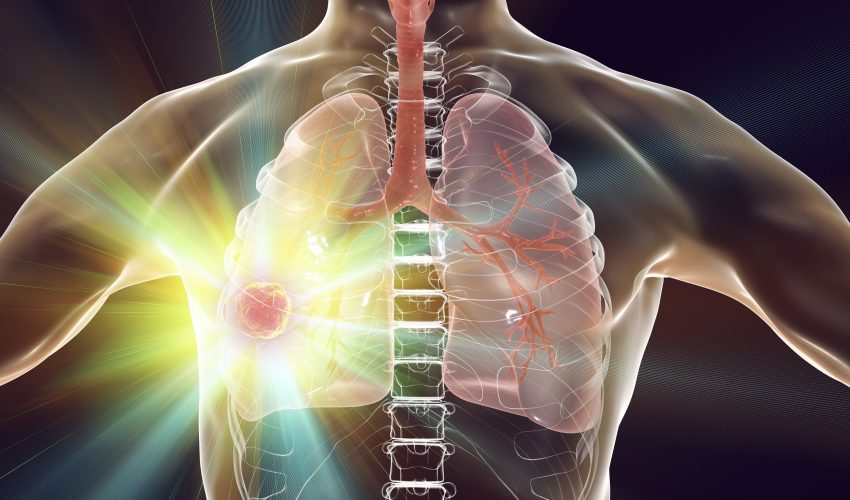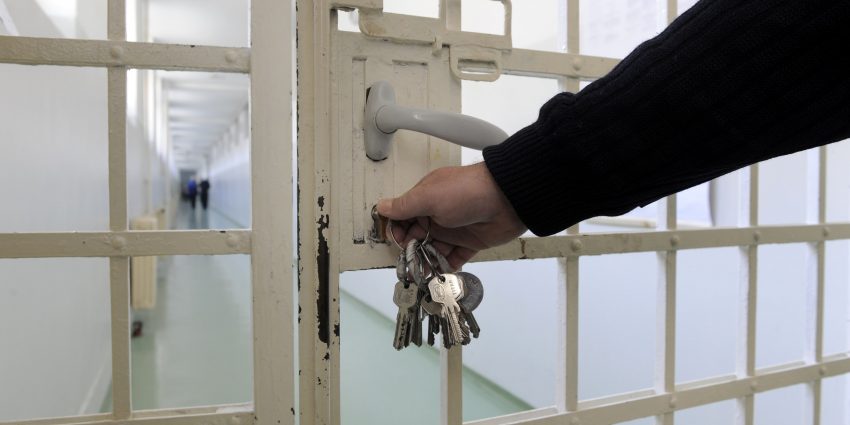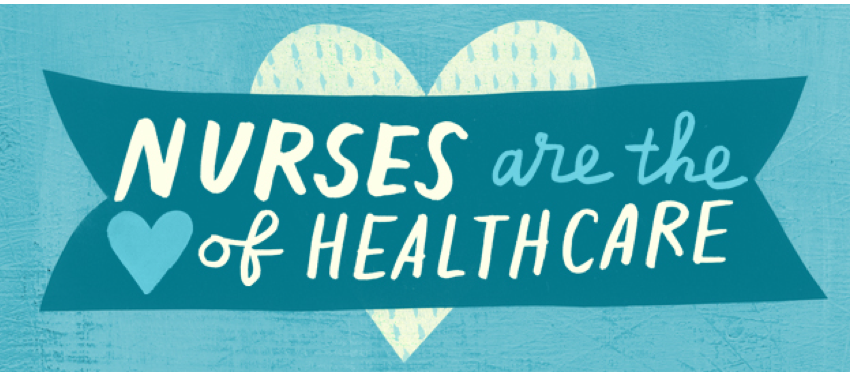Post Views: 1,572
ViewsChronic Pain: Signs, Symptoms, and Management
Everyone experiences pain at some point in their life. While some sources of pain seem warranted (like a broken arm or burn), sometimes we might feel pain without any discernible reason whatsoever. Moreover, this pain can grow to cripple and prevent us from performing our daily tasks.
Is this chronic pain? How can you tell?
It’s not odd to feel pain with cuts, bruises and broken bones. In these cases, the pain can last from the moment you hurt yourself, up until the wound fully heals. It is the way our body tells us that the affected regions are still healing and that you shouldn’t overexert yourself. However, once the wound seals and heals, the pain should subside.
For chronic pain, however, this is not the case. Those who experience this type of sensation keep hurting for weeks, months, or even years after the initial injury has healed. Some people that are in constant pain even learn to live with it. Nevertheless, doctors have defined chronic as any pain or aching that lasts for 3 months or more. This feeling of pain can usually grow to affect the person’s mental health and severely limit their ability to perform day-to-day tasks.
What Causes Chronic Pain?
In normal situations, you feel pain in response to hurtful stimuli, such as when you hit yourself against a wall, or when you accidentally slip and fall. If you fall and land on your hands, the pain receptors in these areas will send a signal to your brain, which is then interpreted as painful, and your brain will send a response to your hands in the form of pain. This is our brain’s way of telling us to immediately stop what we’re doing or else suffer the consequences. Without this sensation, we would constantly burn ourselves while cooking, or hurt ourselves while working, or would be more reckless, in general. The absence of pain is the main reason why those born with congenital insensitivity to pain tend to hurt themselves without notice since they have no feedback to tell that they’re actually causing damage to themselves.
Pain is normal and natural. However, while a healthy person won’t experience pain once their injury healed, those with chronic pain would still struggle with pain, even in the absence of any physical injuries. This is because the pain receptors still keep firing the pain signals after the wound has even healed.
Chronic pain usually results from an injury or disease, as well as from no discernible cause. However, the most common sources of chronic pain include past injuries or surgeries, posture problems, nerve damage, untreated infections, fibromyalgia, among many others. Fibromyalgia is a disease characterized by a chemical imbalance in the subject’s central nervous system, which amplifies their perception of pain, causing slight brushes or even contact with the breeze to cause extreme musculoskeletal pain.
Chronic pain is not always severe, as it can range from dull aches, throbbing, burning, stinging, soreness, and even stiffness of the affected area. In many cases, these symptoms are also accompanied by chronic fatigue, loss of appetite, sleeping issues, and mood swings.
The worst part about chronic pain is how it can negatively impact the person’s mental health.
Living with pain is not easy. It can be jarring and exasperating and often puts a great deal of stress and anxiety on the patient. This promotes fatigue and a constant feeling of being exhausted. It can also make you shy away from social gatherings, and negatively impact your self-esteem. Lastly, it can make you feel angry, depressed with yourself, the world, and with your current situation.
The pain can create a cycle that makes you feel hurt and depressed, which can also make your pain even worse. This is why antidepressants are very popular alternatives for treating pain as well as the diseases that amplify this sensation, such as fibromyalgia. These drugs can help reduce pain, as well as the mental anguish it can cause to those who struggle with it on a daily basis
If you have been hurt and are constantly experiencing pain, or know of someone that is struggling with constant pain, please refer them to a doctor, as they may be suffering from an underlying disease that must be addressed.
2 comments on Chronic Pain: Signs, Symptoms, and Management
Leave a Reply
Chronic Pain: Signs, Symptoms, and Management
By nurseadvisorofficial
Everyone experiences pain at some point in their life. While some sources of pain seem warranted (like a broken arm or burn), sometimes we might feel pain without any discernible reason whatsoever. This is called chronic pain, and it affects millions in the United States. Read on to learn more.














It’s great that you mentioned how chronic pain typically results from an injury, or disease, as well as from no discernible cause. My friend has been complaining about chronic pain lately and I think he should consult with a specialist about it. So, he should probably see a pain management expert very soon.
HOW I FINALLY RECOVERED MY LOST BITCOIN:
Do you need help on how to recover lost or stolen Bitcoin from fake investment scammers? I lost all my Bitcoin to a fake investment scam to someone I met online. After losing my Bitcoin investments, I was determined to find a solution. I started searching for help legally to recover my funds, and I came across a lot of Testimonies about GEO COORDINATES HACKER. I am incredibly grateful for the exceptional service, and wanted to inform you all about this positive outcome. They emphasized their excellent strategy for Bitcoin recovery. In order to assist people and companies in recovering their lost or stolen cryptocurrencies. They guarantee that misplaced bitcoins have an opportunity to be recovered with their excellent services. If you or anyone you know ever finds yourselves in a similar unfortunate situation, I highly recommend reaching out to GEO COORDINATES HACKER. Contact Info Email:
( geovcoordinateshacker@proton.me )
Email; ( geovcoordinateshacker@gmail.com )Telegram ( @Geocoordinateshacker )Website; https://geovcoordinateshac.wixsite.com/geo-coordinates-hack